The construction industry is a field that requires heavy labour. In order to conduct this labour, machines and vehicles will be necessary for each, respective job. These machines aren’t just any ordinary apparatuses either; they are built for achieving labour-intensive goals. Take, for instance, your typical excavator.
Excavators come equipped with various attachments on them, to work effectively on different surfaces. A bucket is one of the most common excavator attachments, which helps to dig or clean up the surrounding area. What many may not already know is that buckets come in a myriad of variations.
Here are seven types of excavator bucket types and their uses:
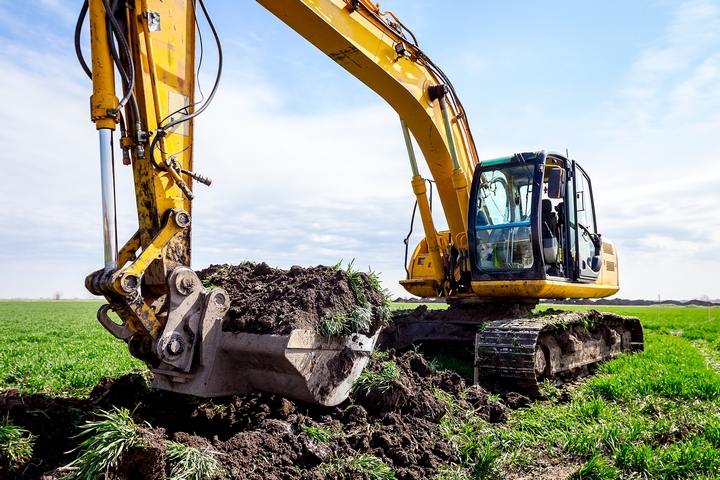
When one thinks of an excavator, the large, claw-looking attachment comes to mind. This attachment is colloquially known as the digging bucket. It, as its name suggests, is primarily used for digging through hard, rugged surfaces. These can range from hard soil, to even rocks in some cases.
The digging bucket is also considered to be all-purpose, meaning it can be used in numerous circumstances. These buckets also come in different sizes, in order to meet the demands of the surface in question. A knowledgeable operator will be able to dig efficiently, just as long as safety is kept in mind.
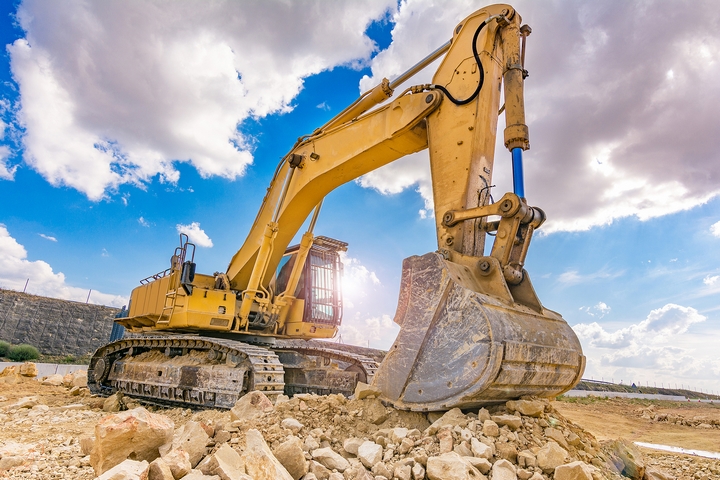
Should a digging bucket not be applicable to more hardened surfaces, a rock excavator bucket type will be required. This specific type of bucket packs a more powerful punch than its counterpart. Many rugged environments will often contain rocks that cannot be penetrated easily. A rock bucket takes care of that issue outright.
For example, the edges of the bucket are reinforced with added material, and have sharper teeth. This allows it to be pushed into rock with more force, which makes excavator jobs all the more easier. Don’t worry about breaking the bucket either; they were made to last!
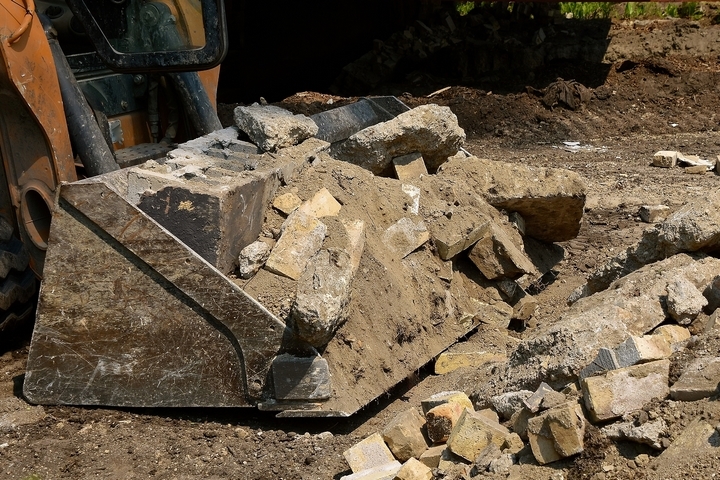
After a long, hard day of excavating, there will be numerous amounts of debris laying around. To make their job simpler, excavator operators will attach a clean-up bucket to their vehicle. Clean-up buckets don’t have any protruding teeth, nor are they made with size in mind.
They are relatively smaller, while maintaining the shape of an ordinary bucket. This comes down to its primary function; it is made for cleaning up areas that were worked on. One of the most important purposes of the bucket is that it also keeps maintenance costs low. Clean-up crews will seldom be used, so that their efforts can be moved elsewhere.
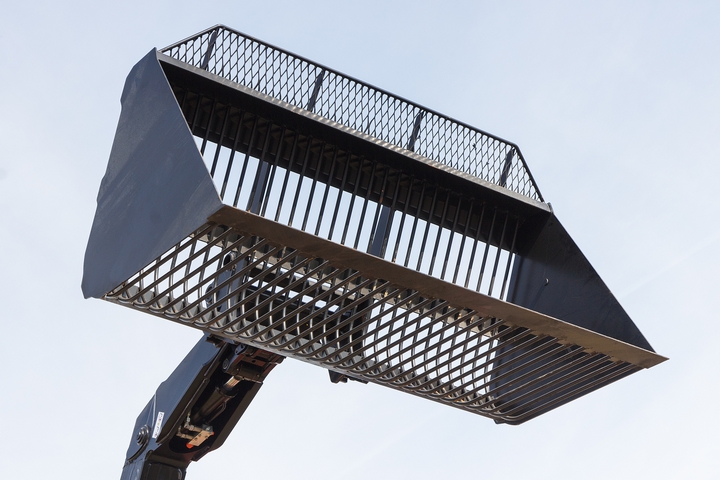
Not all excavating jobs were created equally. In some circumstances, a more delicate process must be employed. This is where the use of a skeleton bucket must be used, and attached to the vehicle. A skeleton bucket variation is a modified bucket, which allows for finer materials in digging to be separated.
Since the teeth in the bucket are separated by gaps, larger chunks of substances can fall through. When certain materials have to be excavated from a requisite surface, a skeleton bucket may be employed. This allows the specific job to move ahead, without wasting time on removing unnecessary elements from a surface.
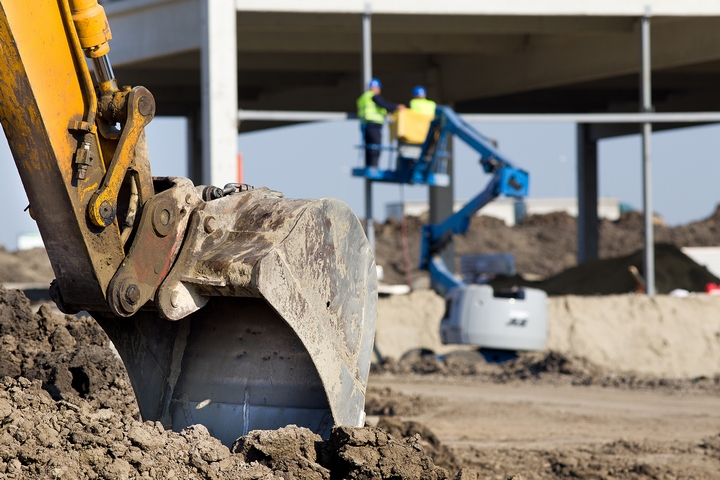
Similar in vein to the rock bucket, the hard-pan was made with durability in mind. These types of buckets were made for tough environments, with a notable, structural redesign. The back of the bucket has an additional row of teeth, which aids tremendously in certain environments.
With an extra set of teeth in tow, hard soil and other materials can be loosened during the act of digging. Combined with the strength you’d expect from a rock bucket, excavating jobs become all the more easier. Don’t be surprised to see these in action, in more rugged digging sites!
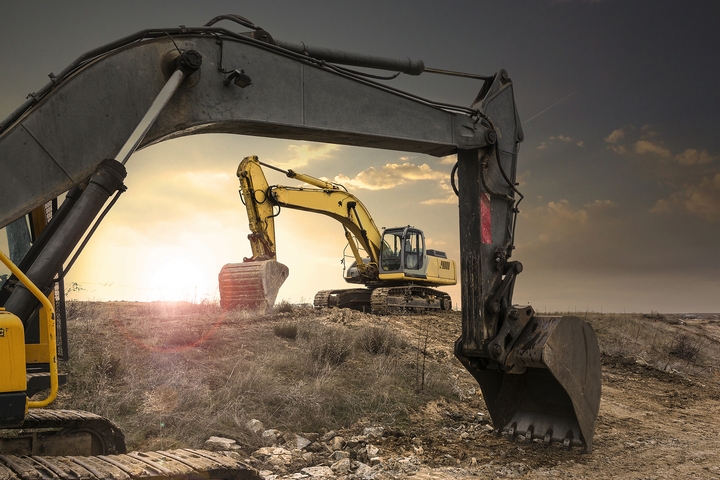
For areas that require trenches to be dug, a V bucket will usually be employed. Due to its V-shaped design, an excavator will easily be able to dig an appropriately-sized trench or channel. They can also be used to make space for utility cables, so that they don’t pose a safety hazard to the ground team.
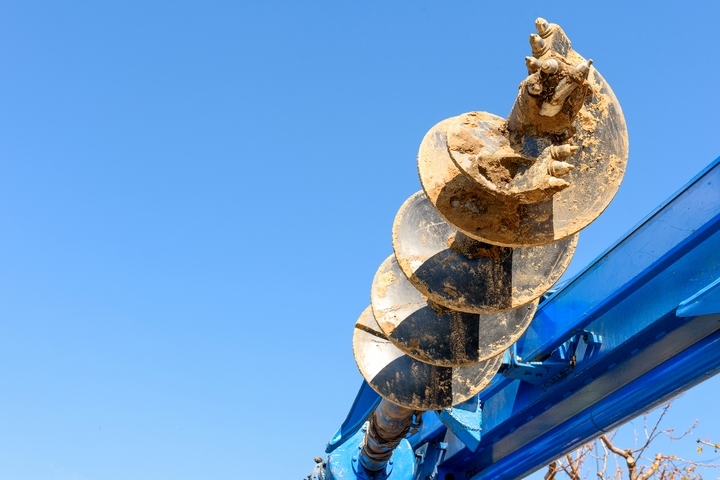
In terms of multipurpose functionality, an auger bucket is truly one-of-a-kind. This type of excavator bucket is extremely versatile, allowing multiple digging jobs to be done altogether. When time is of the essence, many excavator operators will use an auger. Various tasks such as digging, scraping and clearing can be completed in record time, as a result.
Since no two excavator jobs are alike, different buckets will be used in different scenarios. That is why a knowledgeable operator must be behind the wheel at all times. The right operator will know which bucket type to use, as well as its respective size. That way, the respective project can be worked on at a much more efficient rate!